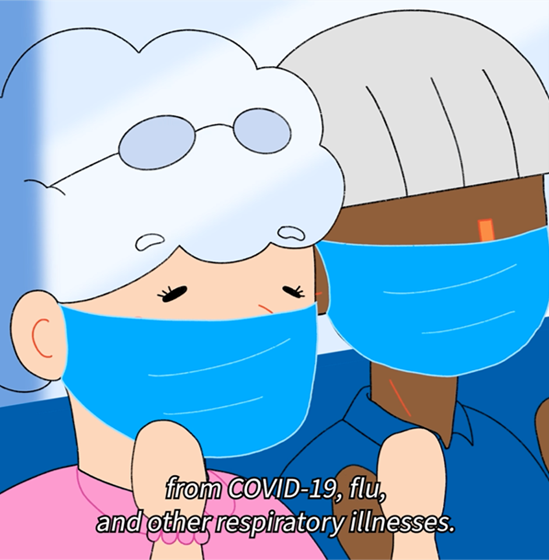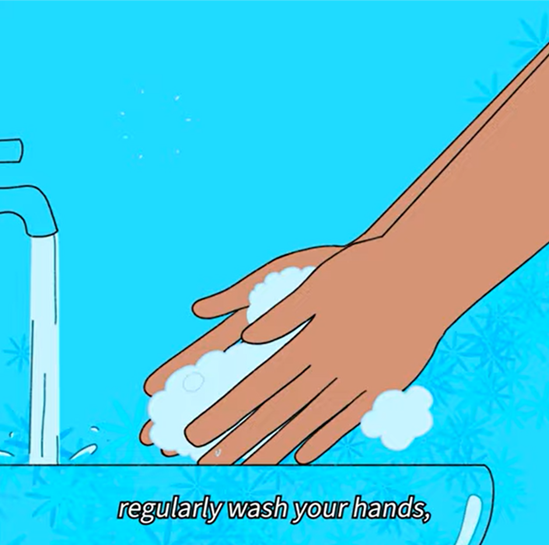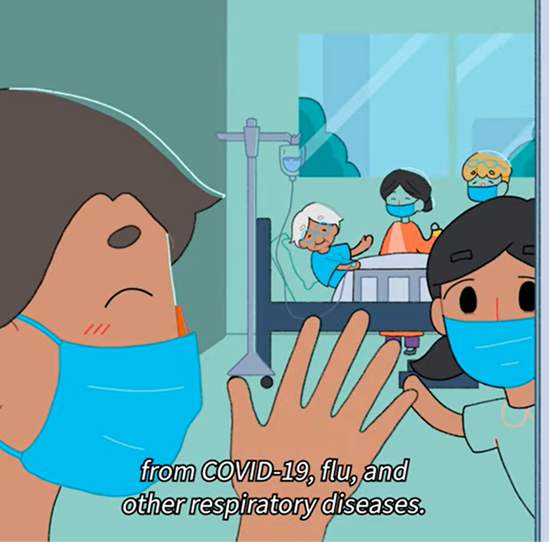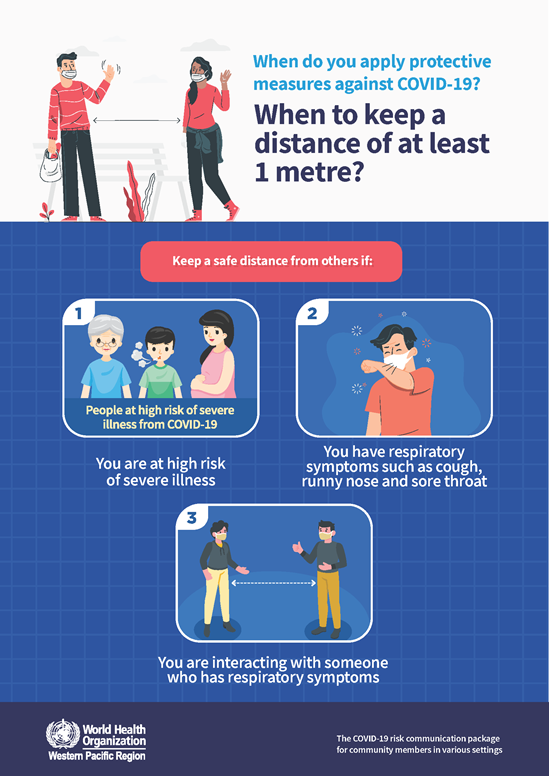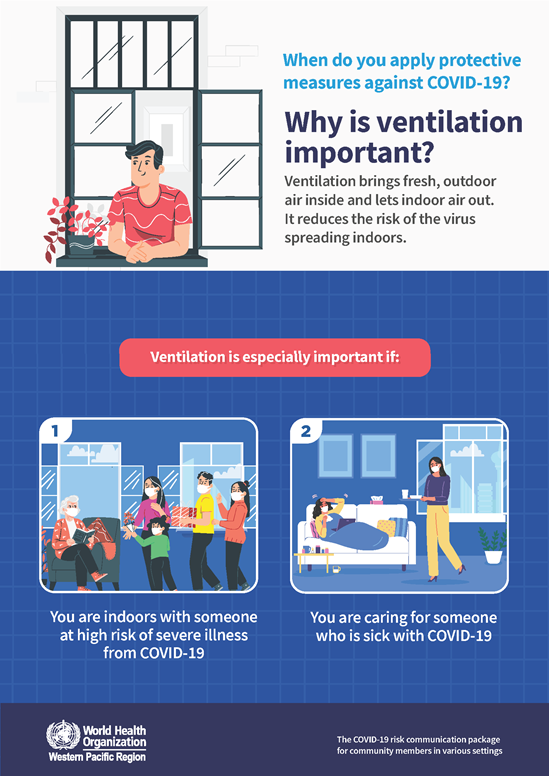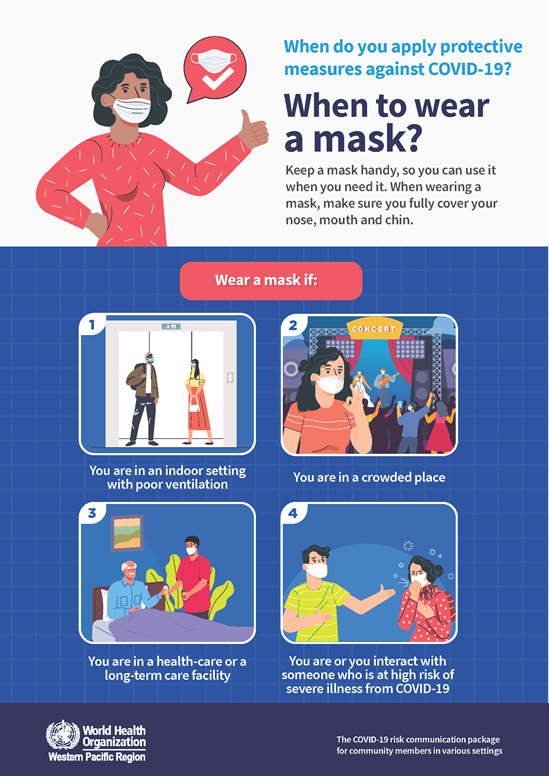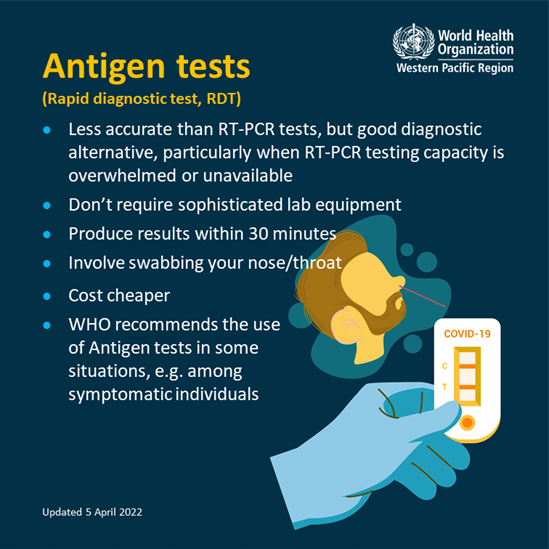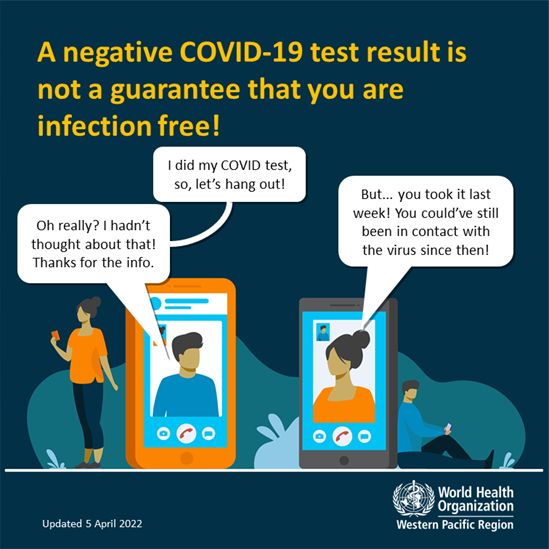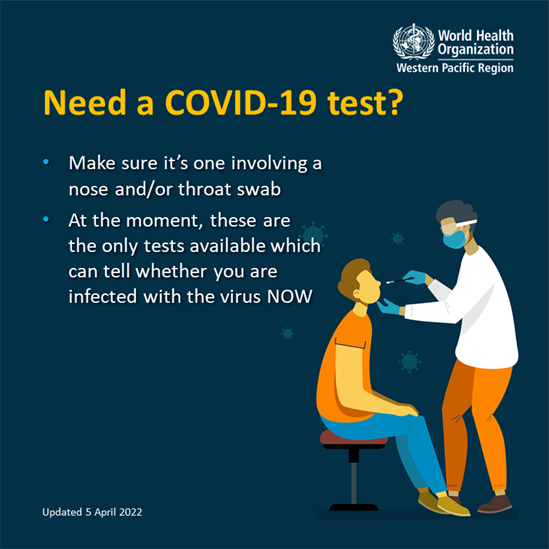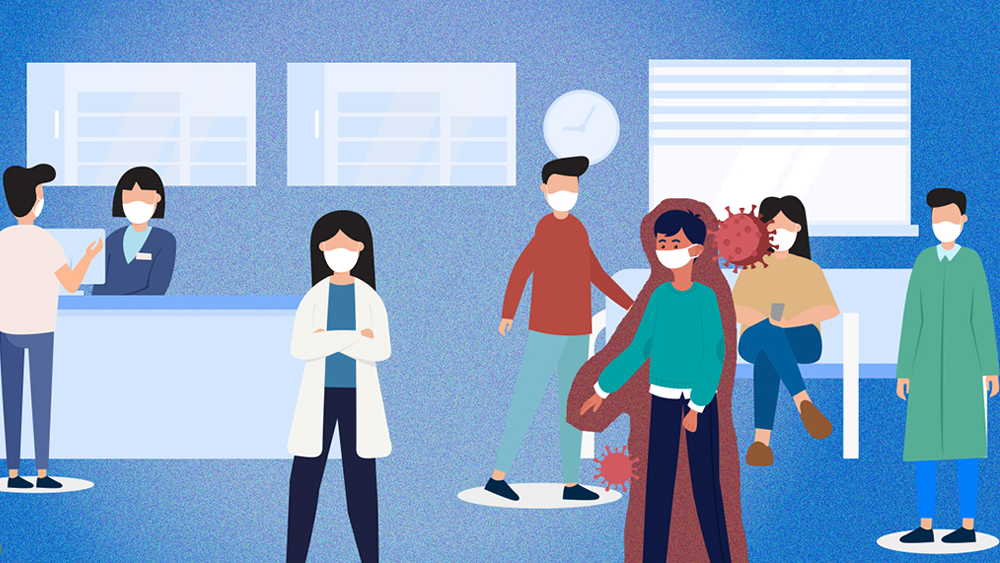Information for the public
The latest public guidance and health advice from WHO Western Pacific for COVID-19, flu and other respiratory illnesses.
Last updated: 2 August 2023
For more advice:
- Visit the WHO Western Pacific country websites for contextual and local language content.
- Visit the WHO global website for more resources and information.
How to protect yourself from COVID-19, flu and other respiratory illnesses
The COVID-19 virus continues to circulate, making risk-based preventive measures crucial. Understanding the factors contributing to your personal risk empowers you to make informed decisions and reduce infection risks.
Assess the risks tied to your daily activities and take appropriate preventive measures to protect yourself effectively.
1. When to apply protective measures
As a member of your household and community, you can protect yourself, your loved ones and those around you by choosing and applying protective measures appropriate to your context in consideration of the risk of COVID-19 to you and others.
2. Tips to keep settings safe from COVID-19
If you oversee a specific setting such as a workplace, school or food shop, you have a key role to play in keeping your community safe by acting as a role model, encouraging and enabling your community to practise appropriate protective measures.
3. Diagnosing COVID-19
Before seeking a test, it’s important to first know which exact type of test you need. RT-PCR and antigen tests tell you if you have the virus now. Antibody tests tell you if you had the virus in the past.
Additional resources
COVID-19 vaccines
Getting vaccinated could save your life. COVID-19 vaccines provide strong protection against serious illness, hospitalization and death. There is also some evidence that being vaccinated will make it less likely that you will pass the virus on to others, which means your decision to get the vaccine also protects those around you.
Understanding the post COVID-19 condition
Most people who develop COVID-19 fully recover, but current evidence suggests approximately 10–20% of people experience a variety of mid and long-term effects after they recover from their initial illness. Although our current understanding of causes of post COVID-19 condition and why some people are more affected is limited, this questions and answers page will help you understand more about post COVID-19 condition so you can make informed decisions that help protect yourself and those around you.





